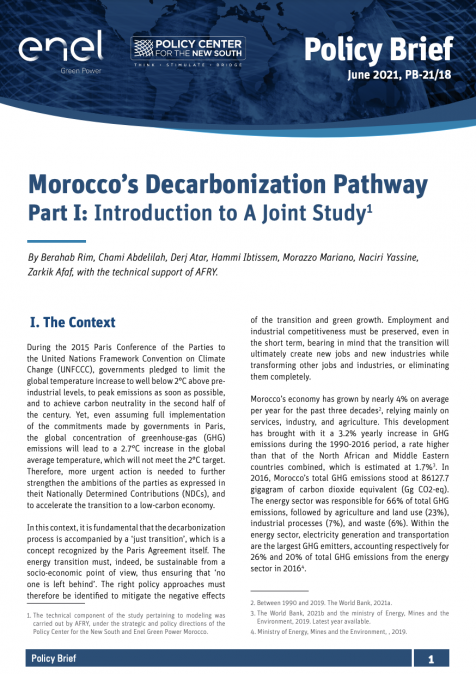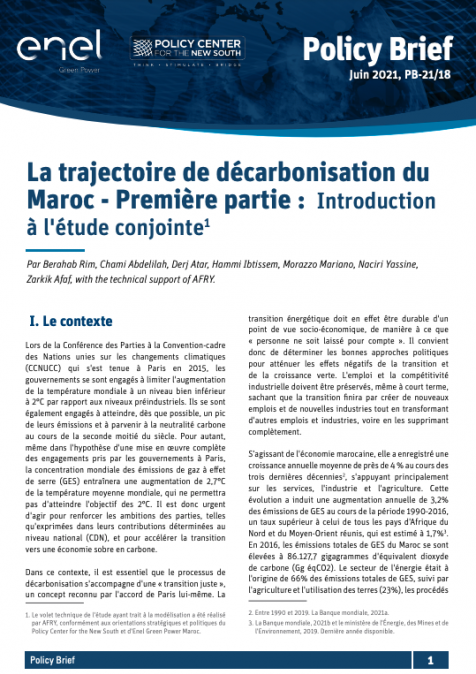Podcasts
حديث الثلاثاء: المعادن الاستراتيجية والحرجة في المغرب
Related topics:
نسلط الضوء في حلقة هذا الأسبوع من برنامج حديث الثلاثاء على الدور المحوري الذي يمكن أن تضطلع به المعادن الاستراتيجية والحرجة في تمكين المغرب من تعزيز سيادته الصناعية وتحقيق أهدافه في مجال الانتقال الطاقي والاستثمار، مع الحرص على احترام المتطلبات الاجتماعية والبيئية لهذا القطاع. يختزن المغرب مؤهلات وإمكانات معدنية هامة، ويتمتع بقطاع منجمي قوي يسهم في الصادرات الوطنية بنسبة تفوق 25% من حيث القيمة، وفي الناتج الداخلي الإجمالي بنسبة تصل إلى 10%، فضلاً عن توفير أكثر من 49000 فرصة عمل وفقًا لآخر تقرير للمجلس الاقتصادي والاجتماعي والبيئي. ومع ذلك، يواجه قطاع المعادن في المغرب عدة تحديات تعيق تطوير منظومة المعادن الاستراتيجية والحرجة. ماذا نعني بالمعادن الاستراتيجية والحرجة؟ كيف يمكن تقييم المنظومة المعدنية في المغرب؟ هل هناك إطار مؤسساتي منظم للأنشطة المرتبطة بالمعادن الاستراتيجية لتعزيز حكامة القطاع؟ وكيف يمكن تعزيز الطابع المستدام لقطاع المعادن في ضوء العملية الوطنية للتثمين من أجل تحقيق تموقع أفضل في سلاسل القيمة؟










